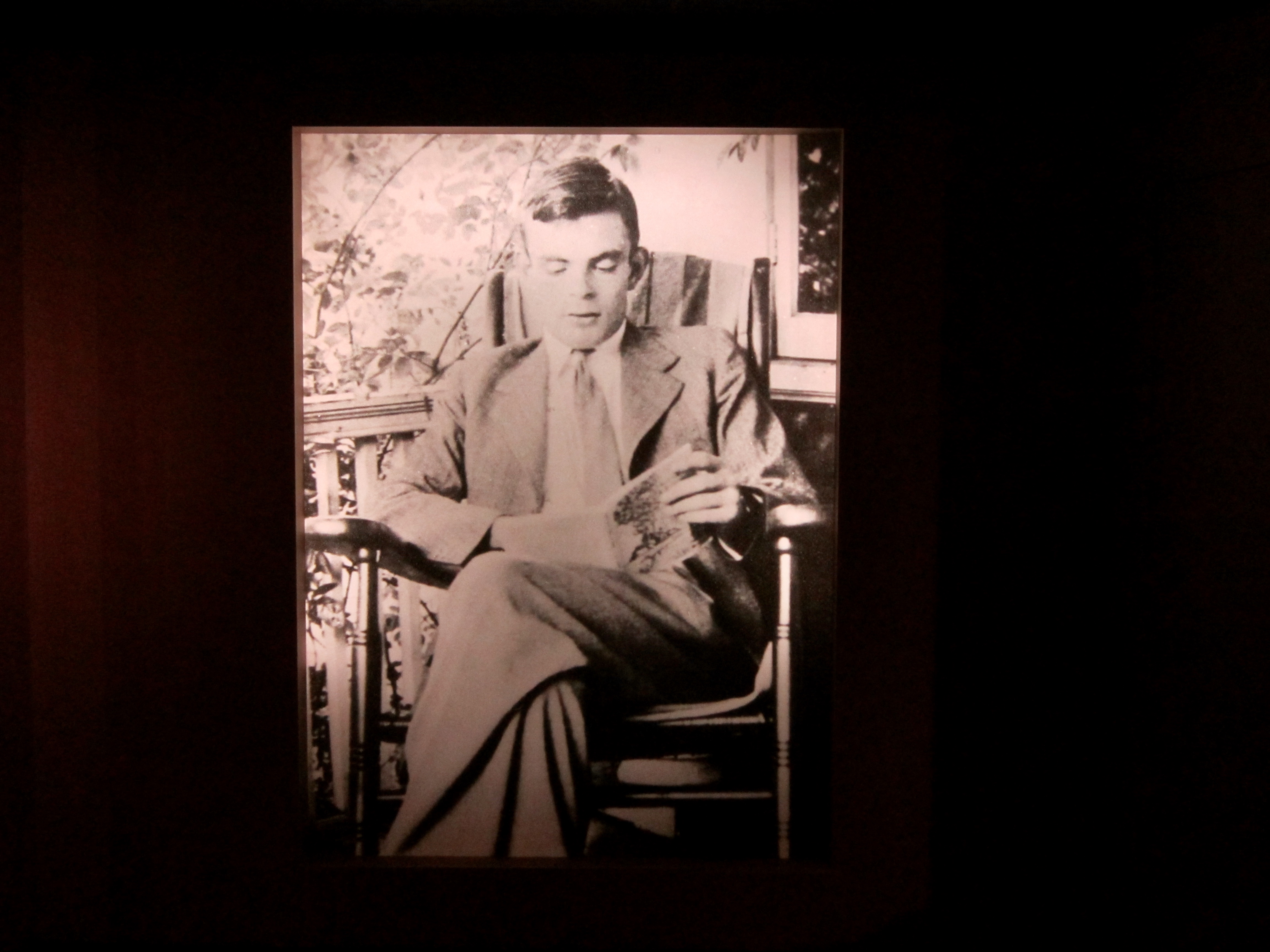10 Ways AI Has Radically Changed Since Its 1956 Inception
The concept of artificial intelligence (AI) has captured human imagination for decades, tracing its roots back to the mid-20th century. It was in 1956 at the Dartmouth Conference that AI was officially born, with scientists like John McCarthy, Marvin Minsky, Nathaniel Rochester, and Claude Shannon envisioning machines that could simulate human intelligence. This groundbreaking meeting laid the foundational framework for AI, setting the stage for a technological revolution. Over the decades, AI has undergone radical transformations, driven by advancements in computing power, data availability, and algorithmic innovation. Today, AI is not just a tool but a partner in creativity and problem-solving, capable of learning, adapting, and even predicting future trends. This article embarks on a journey through 10 fascinating insights into the evolution of AI, exploring how it has transformed from a theoretical concept into a practical force reshaping our world.
1. The Foundational Decades: 1956-1980

The period between 1956 and 1980 marked the foundational decades of AI, characterized by both optimism and challenges. Following the Dartmouth Conference, the field witnessed a surge of interest and funding, with researchers eager to explore the potential of intelligent machines. During these years, AI research primarily focused on developing algorithms that could mimic human reasoning and problem-solving. Early AI systems, such as the Logic Theorist and the General Problem Solver, demonstrated the potential of machines to perform tasks typically associated with human intelligence. These programs laid the groundwork for more advanced AI systems, showcasing the possibilities of symbolic reasoning and heuristic search. Despite the initial enthusiasm, the foundational decades were not without obstacles. The limitations of computing power and the lack of sufficient data posed significant challenges to AI research. The optimism of the early years gradually gave way to periods of stagnation, often referred to as "AI winters," where progress slowed, and funding dwindled. During these times, researchers faced skepticism from the broader scientific community, questioning the feasibility of achieving true artificial intelligence. However, these challenges also served as a catalyst for innovation, pushing researchers to explore new approaches and methodologies. The foundational decades were instrumental in shaping the trajectory of AI, setting the stage for future advancements. The development of expert systems in the 1970s marked a significant milestone, demonstrating the potential of AI to solve complex problems in specific domains. These systems, such as MYCIN, which was designed to diagnose bacterial infections, showcased the practical applications of AI in fields like medicine and engineering. The foundational decades laid the groundwork for the subsequent evolution of AI, highlighting the importance of perseverance and innovation in overcoming challenges and driving progress.